For Chemical Manufacturers
A practical guide for organizations in the chemical industry.
About This Guide
The right ERP solution can make a huge difference to your business. It can significantly improve product costing, production predictability and scalability. It can aid compliance issues related to traceability and MSDS (material safety data sheet).
Are you in the process of upgrading to the cloud, re-evaluating your ERP functionality needs, or looking for a solution more robust than Excel? Focus your search on solutions that will support your unique requirements. You don’t have to change the way your business operates. This is especially true for a chemical manufacturing organization like yours managing complex operational processes like distillation, refinement, recovery, and production.
This Chemical Manufacturing ERP Buyer’s Guide will help you stay ready and stay ahead. It will help you identify the right solution for your operational needs by focusing on what questions you’ll need to ask during the evaluation process.
Why does a chemical company need a chemical ERP?
You might think of ERP solutions as supporting the needs of accounting and financial functions alone. But what about purchasing, inventory, manufacturing and sales for chemical organizations? Most “standard” ERP solutions were designed for physical products that go directly to businesses or consumers instead of process manufacturing using a formula to create a bulk output.

The right ERP should address the chemical industry’s unique manufacturing and financial businesses processes, including manufacturing formulation, costing and quality control, materials and production planning, maintenance management, accounting, budgeting, planning and forecasting.
Are you ready to sustain or increase customer satisfaction; improve profitability; ensure high quality, consistency and efficiency; and overcome the limitations of slow, error-prone manufacturing processes? This Buyer’s Guide is ready for you.
BrochurePutting this guide to work
Inside this Buyer’s Guide, you’ll find information on several key areas of process manufacturing in terms of key ERP functional capabilities, data model characteristics and enabling technologies, specifically:

› The inventory, accountability and management of common ingredients
› The ability to predict yields, scale production and accurately cost products
› The effect of variable product characteristics and inventory attributes, such as package weights, expiration dates and multiple units of measure, on inventory management, order management, production scheduling, manufacturing, QC management and product costing
› The impact of the ERP architecture and design on the application’s functionality and maintenance
› The ability to track and trace all products as well as packaging materials
Check out each section to learn how to select an ERP based on the specific criteria that matters most to you.
Variability impacts the consistency and quality of finished products. A good indication that an ERP application is capable of managing product variability? It supports an unlimited number of product characteristics for both raw material and finished products. It should support user-definable characteristics and industry standard characteristics (e.g., pH, potency, moisture content and expiration date).
We know formulation and process control is one of your primary concerns within your chemical manufacturing operation. This is where variability creates significant challenges for process specifications. You purchase raw materials and produce finished goods in a variety of quantities, potencies and qualities.
The ERP application must be able to identify these variabilities, in addition to the fluctuating cost of both raw materials and packaging materials, in order to adjust production jobs.
You know the process: Managing variability starts with a purchase order for raw material with specific product characteristics. At the time of receipt, these raw materials are inspected and validated against a set of tolerances. Once received, lot numbers can be assigned to raw material inventory so that it can be tracked throughout the manufacturing process.
As a chemical manufacturer, you’re often required to deliver finished products to customers that must meet certain requirements. A raw material might meet one process specification, but it might not meet another. The right ERP solution can provide full visibility into available raw materials inventory and their product characteristics, so that you can deliver products that meet your customers’ specific requirements.
 Brochure | ERP Buyer’s Guide for Chemical Manufacturers
Brochure | ERP Buyer’s Guide for Chemical Manufacturers
An ERP application based on formulas can be used to manage all raw materials, packaging materials, and multiple finished goods, while delivering a high level of predictability and repeatability. This formula should define the manufacturing, yield, quality, routing and costing processes. Variable product characteristics, such as potency grade, pH or moisture content, determine the ingredient proportions and equipment settings in certain process stages.
To manage this variability during production, the ERP application should allow manufacturers to make adjustments to the base formula specifications in terms of ingredient proportions and equipment settings, without affecting the definition of the original “base” specifications. Variations of a formula specification can also account for differences between plants, shifts, production lines and equipment, as well as customer requirements, such as private label products.

Customer specifications and selecting an ERP
You may see assembly and packaging as the standard processes executed in an ERP application. But the chemical industry requires more complex processes for creating products that must meet specific customer specifications.
For example, maybe you’re producing a cleaning agent and one customer needs it packaged in barrels while another needs plastic bottles. A third may want a scent added to their product but the other customers do not.
The ERP application should be able to employ formula specifications to manage processing and packaging.
If you link production and packaging specifications but maintain them separately, you’re able to produce:
› Different finished products that are similarly packaged
› Product for future private labeling
› Intermediates like a cleaning agent packaged in a barrel that will be dispensed into smaller containers after color
These flexible formulas allow chemical manufacturers to model your processes in a series of controllable and repeatable process stages.
 Brochure
Brochure
Multiple units of measure and selecting an ERP
From purchasing to inventory to order management, chemical manufacturers must track goods using multiple units of measure. This involves tracking products that are purchased in one unit of measure, stocked in inventory in another, issued in finished goods in another, and then sold in another. It’s a lot to track. But not for the right ERP.

The ERP application should allow process managers to manage inventory in terms of bulk units of measure (gallons or pounds), packaging units (pails or large drums) and random attributes (variable weights and potencies) at the same time. Inventory can be quickly costed by potency units, solid percentage, or any other unit.
The right ERP knows product variability plays a role in unit-ofmeasure (UOM) conversions. Process-oriented ERP applications typically support user-defined and automatic UOM conversions (liquids to solids, gases to liquids) that are initiated within the manufacturing process, as well as from specific changes in inventory attributes. This flexibility is crucial for your organization to stay ready and stay ahead.
Finished product yields and selecting an ERP
Formula specifications are designed to produce one or more finished products in bulk quantities. A batch run is expected to produce a quantity of finished products within a given range in a certain time period.

For example, a chemical reaction within 10 liters of a solution takes the same time as 50 liters of the same solution in the same vessel.
When batch runs are scaled up or down, the batch quantity ranges and the production times follow a “step” function rather than a linear function. Your ERP application should be able to predict finished product yields and deliver consistent results in terms of quantity and quality.
BrochureProject costing and selecting an ERP
You need to account for all material and operational costs in the manufacturing process. It’s a huge challenge. You need to link finished products to customer volume discounts, promotional rebates and incentives – not to mention the cost of raw materials – in order to determine your profitability.
A chemical ERP application should be able to capture, assign and compare actual and standard costs for all finished products.
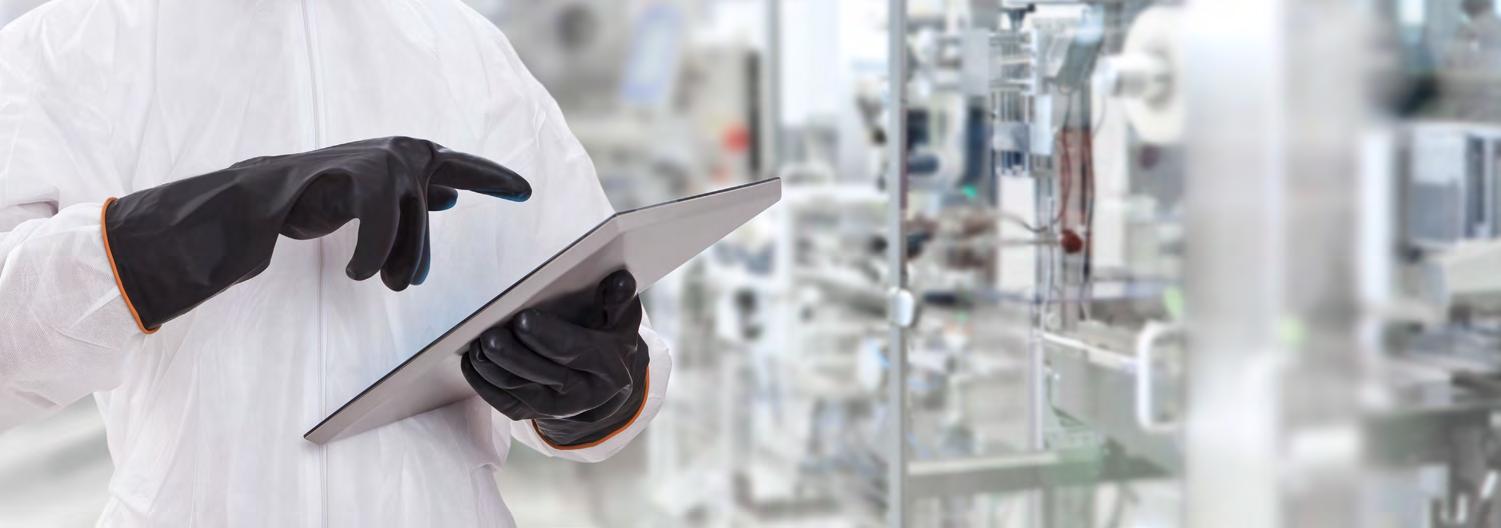
Waste products typically have the cost of disposal charged back to the primary product. Unexpected off-spec products can be considered as waste or stored and held in quality control status, then sold for whatever their market value may be at the time.
Whereas by-products are typically assigned a straight cost. But in situations where the by-products, such as reclaimed solvents, are available for sales, their revenue can be credited back to the primary product.
Co-products, on the other hand, are typically assigned a cost, based on some percentage in the job or a specific product characteristic such as quality, weight, potency or market value.
It’s incredibly challenging to keep track of these product types manually, but should be simple for the right ERP.
Expiration date tracking and selecting an ERP
If you’re manufacturing or managing substances, you’re well aware that some may lose their effectiveness after a certain period.
An ERP solution improves inventory management by offering better shelf-life control.
It should offer basic inventory rotation methods, including first in, first out (FIFO); last in, first out (LIFO); and first expiration, first out (FEFO) when selecting ingredients for production based on the supplier or packer production dates.
The right ERP can help you use these methods when selecting product to ship to customers based upon order requirements, too.

Process-oriented ERP applications can significantly reduce customer chargebacks, prevent transactions for expired lots, and notify users when inventory is getting close to expiration by ensuring that the best rotation methods and quality standards are followed during the order fulfillment process.
The result? Improved product quality, greater customer satisfaction and less waste from expired inventory.
Quality and selecting an ERP
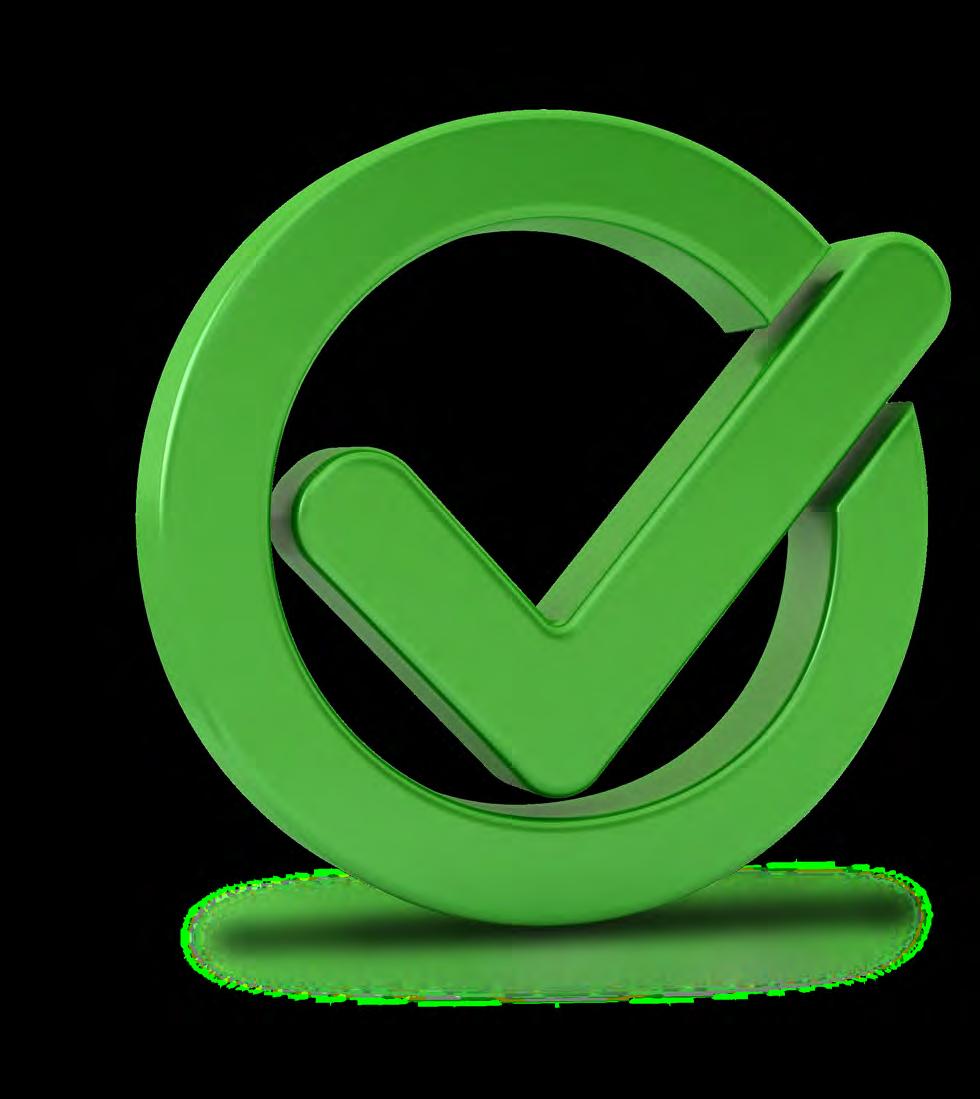
An ERP application can help manufacturers track the quality conditions of raw materials and finished goods and make better decisions about product quality. Greater variability requires more robust quality management capabilities, as well as lot management capabilities.
The ERP applications should support the definition of quality checks of raw materials and finished goods in the formula specification to ensure that they are executed in proper sequence in a certain process stage.
You can identify problems with raw materials, finished goods and equipment just by collecting and analyzing quality data.
But you need real-time visibility into overall plant performance to do it. To reduce quality issues tied to production startup losses, manufacturing processes, and scrap and rework activities, you want to look at quality and equipment performance trends. This real-time performance management measures rates, yields, utilization, overall equipment effectiveness and per-unit cost data by collecting relevant realtime data from plant operators and existing automation.
When you can see and evaluate this real-time performance data, you can quickly see performance issues and eliminate repetitive problems and resolve issues on the spot.
Traceability and selecting an ERP
Traceability is the tracing and tracking of the lineage of all raw materials and finished products, based on their characteristics and lot numbers.
Tracing ingredients and raw materials are crucial. For example, if a volatile organic compound (VOC) is included in the finished product, it must be tracked in compliance with government regulations, like fertilizers that are explosive or highly flammable. Due to the batchrun quantities produced in process manufacturing, the right ERP should be able to trace and track an ingredient even if it is only present in miniscule amounts.
The ERP application should be optimized for full lot traceability from raw materials through production, tracking finished goods from supplier invoice to customer invoice, and identifying the raw materials and resources that produced the finished products.
Customers and regulatory agencies often require you to deliver 100% accurate lot traceability within a short period of time, so bidirectional lot tracing allows you to respond to product recalls in minutes, rather than days. The right ERP application will simplify the procedures necessary to demonstrate compliance. Thorough records of quality management and lot maintenance will be easy to access and create the right audit trail of changes you’ll need for records and peace of mind.

System terminology and selecting an ERP
Here’s one element you may have overlooked: Field level. Tracking minuscule amounts of an ingredient requires data fields to be defined with the right number of decimals, such as specific gravity or MSDS on file.
An ERP application should reflect standard terminology in the chemical industry, extending from label naming conventions to database table and field naming conventions.
You need to see formulas, ingredients, co-products and by-product naming conventions reflected in the labels used in screen transactions and reports. These predefined labels can reduce the initial system configuration and ongoing maintenance costs, as well as reduce the risks involved to your team, equipment and factory while performing the activities.
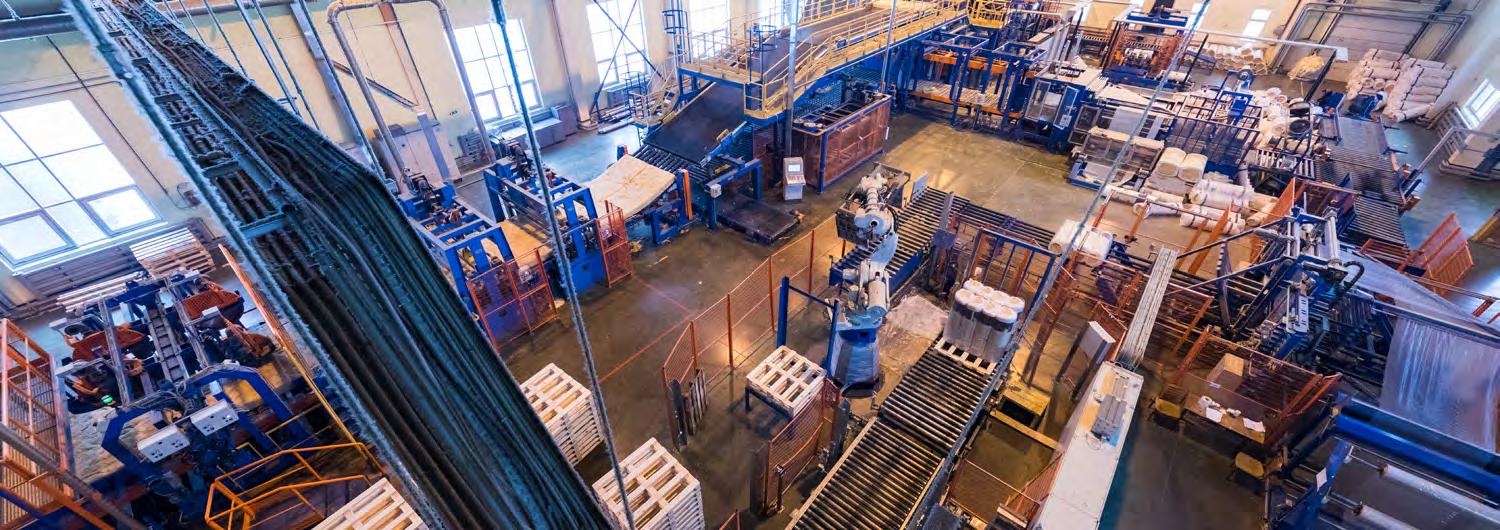 Brochure
Brochure
Are you ready?
It’s important that you focus your ERP search on applications with a strong process manufacturing foundation that easily manages the unique requirements of the chemical manufacturing industry.
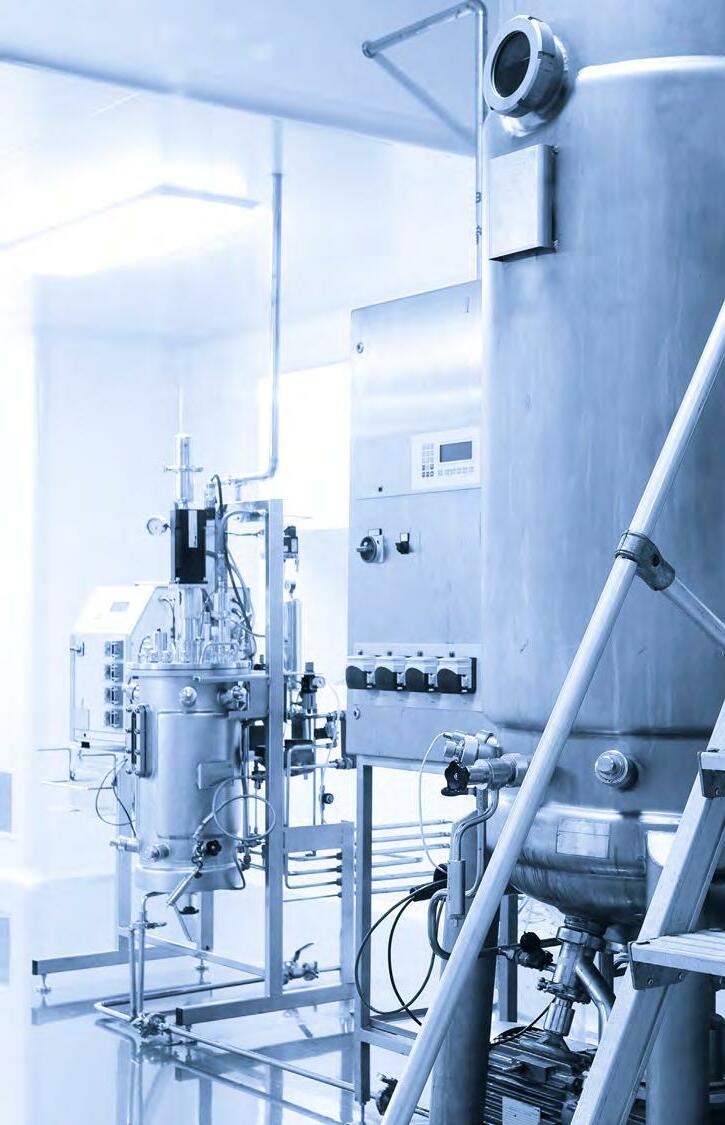
A formula-based ERP application can successfully manage the variability of products and processes, accurately account for all raw material and finished products and significantly improve product costing, production predictability and scalability far better than a generic or discrete-oriented application.
A formula-based ERP application can support your business requirements with minimal customization and consulting services, so you can get to work with the right baseline functional capabilities, data model structures and enabling technologies from day one.
Above all, you want to find a focused solution that will conform to your business rather than requiring you to change your business to use it, while reducing operating costs and improving customer service levels. A solution that keeps you ready for what’s next, right now.
BrochureChecklist: Selecting the right chemical manufacturing ERP
To help you
and
Improving Production
Through Formula Management
› Can you avoid performing an intermediate inventory transaction or define an unnecessary intermediate product when stages within a formula are linked together?
› How does the system handle “conversion,” where the actual output is converted from the planned output?
› Can yield be measured by operation and across the process?
› Does the system support different units of measure throughout the process?
› Does the system support inputdriven (for supply) as well as output-driven (for demand) process specifications?
Managing the Variable Characteristics of Products
› Can the system update actual product characteristics based upon QC values recorded during manufacturing?
› Can the system accept or modify formulas based on actual values (e.g., moisture content or potency)?
› Can it help you reduce customer chargebacks and inventory write-offs with expiration date management?
› Can distribution days be defined separately from standard shelf life?
› Can the system net the quantity of product reaching expiration from available quantity if demand does not consume all available inventory of that lot/batch by its expiration date?
Improving Product Costing
› Can actual costs be tracked and compared to standard or estimated cost?
› Do you have options for standard cost, weighted average cost or actual cost by lot?
› How are costs for co-products and byproducts handled?
› Can the estimated cost of a process specification be compared with the actual lot cost?
› Can future costs be used to provide what-if comparisons of total cost?
› Can costs be date driven?
Managing Multiple Units of Measure
Simultaneously
› Does the system let you track and display inventory quantities in multiple units of measure simultaneously?
› Can the system provide the capability to buy/receive and sell/ ship in any unit of measure with accurate conversions?
› Are formula-based unit of measure conversions supported?
› Are multiple packaging units of measure for each product/part code supported?
Meeting Customer Specifications
› Does the system provide the capability to track unlimited variable attributes by batch/lot?
› Can the system specify quality control tests with specific minimum/maximum acceptable values instead of pass/fail test results?
› Does the system provide industry or customer specifications for acceptable attribute ranges?
› Does the system provide the ability to source inventory lots based on customer specifications and actual lot attributes?
Minimizing System Configuration
› Does the system reflect standard terminology in the chemical industry?
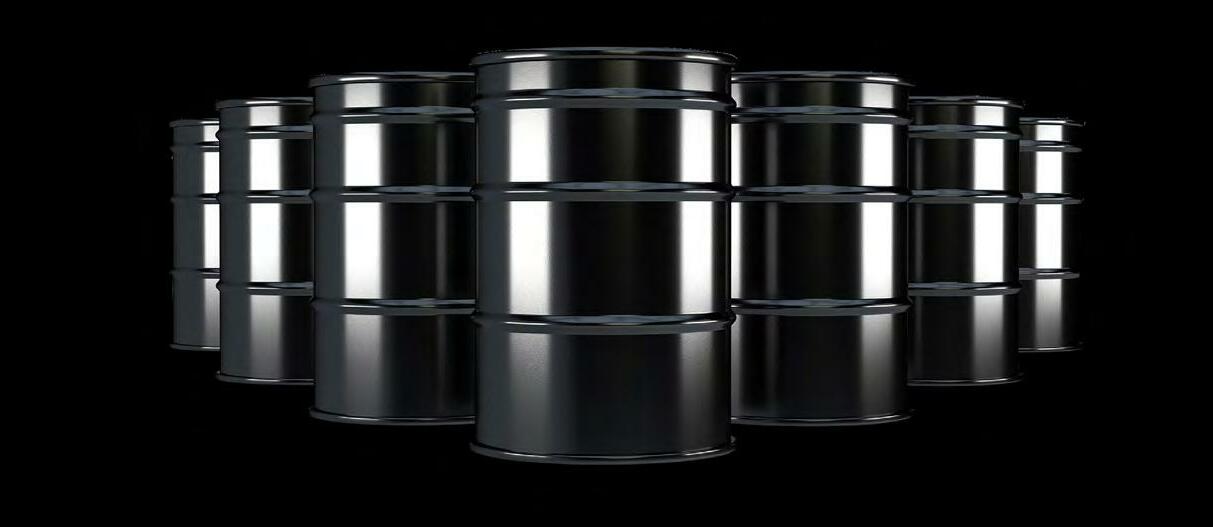
› Is this terminology consistent from label naming conventions to database table and field naming conventions?
› Are formulas ingredients, coproducts, and by-product naming conventions reflected in the labels used in screen transactions and reports?
Are you Ready to Learn More?
Schedule a personal tour of Aptean Process Manufacturing ERP and see how its core chemical manufacturing functionality and advanced features can get to work for you right away. Contact us at info@aptean.com or visit www.aptean.com.

Aptean provides very specific industries with very specific ERP, supply chain management, and customer experience solutions. In today’s fast-paced, highly competitive economy, organizations don’t have time to waste forcing homegrown software, spreadsheets, and one-size-fits-all solutions to do things they were never designed to do. Aptean is on a mission to end those workarounds – with industry-specific solutions instead of generic software, expert support instead of making you go it alone, and a steady influx of new ideas instead of the status quo.
For more information, visit www.aptean.com.
